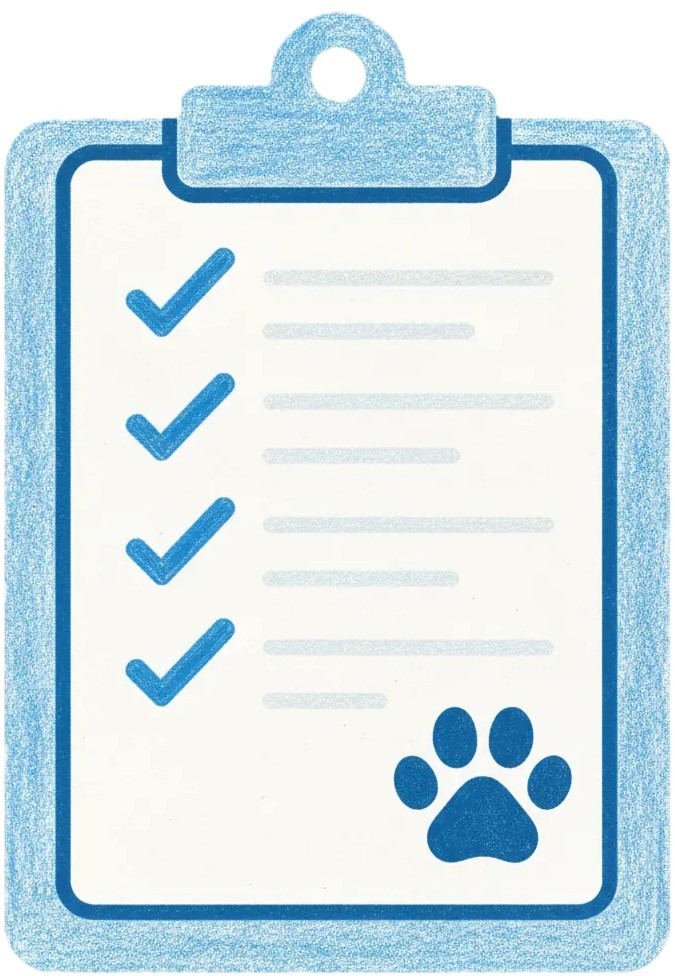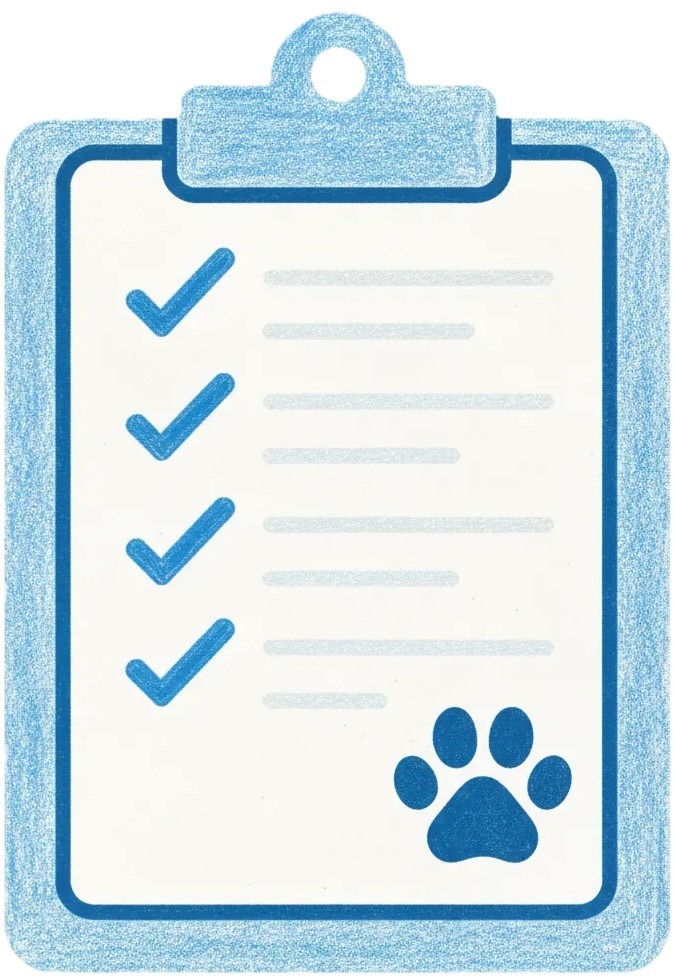Successful relocation with pets starts with careful planning and attention to their comfort and safety. Here’s a detailed guide to support you at every stage:
 Before Moving
Before Moving
Comfort and Acclimation
- Prepare suitable carriers, cages, or transport bags tailored for your pet’s size and needs.
- Gather favorite toys, bedding, and blankets to comfort your pet and reduce travel stress.
- Gradually introduce your pet to its carrier several weeks prior to moving for smooth acclimation.
- Create a calm and quiet space on moving day; maintain familiar routines.
- Consider arranging professional pet-sitting or daycare services for dogs and cats during the transition.
- Consult your veterinarian about calming medications or products if necessary.
- Book pet-friendly accommodation well in advance for long-distance journeys.
- Practice with short “test trips” to acclimate your pet to travel conditions.
- Keep a calming pheromone spray or diffuser on hand if your pet is anxious.
Veterinarian Preparation
- Verify that all vaccinations, licenses, and documents are up to date and appropriate for travel.
- Request medical records and obtain a health certificate, especially for interstate or international moves.
- Stock up on essential medications, both prescription and regular.
- Discuss with your vet the possible need for sedatives, anti-anxiety products, or specific travel advice.
- Get recommendations or referrals for a trusted veterinarian in your new location.
Purchases and Supplies
- Pack enough food and treats for the first few days post-move to avoid sudden diet changes.
- Bring bowls, water containers, collapsible dishes, and identification collars with updated contact info.
- Prepare absorbent pads, extra towels, pet wipes, and cleaning supplies for accidents on the road.
- Use car seat covers, vehicle hammocks, and window shades for comfortable travel.
- Include your pet’s favorite toys, chew treats, and a pet-specific first aid kit.
- For cats, pack litter and necessary box supplies.
- Prepare disposable gloves for handling during emergencies.
Documents and Legal Requirements
- Research transportation rules and animal import regulations for cars, planes, or trains in advance.
- Prepare all necessary travel documents (certificates, pet photos, proof of ownership) in case of loss or emergencies.
- Learn local animal care requirements, registration procedures, or quarantine policies at your destination.
- Reserve space for your pet in your chosen mode of transportation ahead of time.
- Check insurance options for pet transport, if available.
Additional Tips
- Inform moving staff and helpers that pets are present—ensure doors and gates remain secure to avoid escape.
- Place identification tags on all luggage containing pet supplies.
- Prioritize settling your pet into its designated area upon arrival; recreate familiar sleeping and feeding zones.
- Keep emergency contacts for veterinary care, poison control, and local animal rescue at the ready.
 After Moving
After Moving
Ensuring your pet’s smooth transition in a new home takes planning, patience, and attention to detail. Use this checklist to help your companion settle in comfortably and safely.
Comfort and Routine
- Set up a quiet, dedicated area with your pet’s bed and favorite toys to create a calming, familiar environment.
- Place familiar bedding or blankets in this space to ease anxiety.
- Stick to your pet’s usual feeding, walking, and play schedules to maintain stability.
- Allow your pet to gradually explore the new home room by room, monitoring their comfort level.
- Select a new sitter, kennel, or daycare as needed for future care.
- Visit local dog parks to foster socialization and introduce your pet to the neighborhood.
- Give extra attention and playtime, reinforcing trust and reassurance.
Veterinary Care & Health
- Locate and register with the nearest veterinary clinic and emergency care facility right after your move.
- Transfer your pet’s medical history and documents to the new vet.
- Schedule a preventive checkup and update vaccinations if needed.
- Monitor your pet’s appetite, behavior, and energy for signs of stress or illness.
- Keep the new vet’s contact details and directions handy in case of emergencies.
- Update microchip registration and identification tags with your new address and phone number.
Safety and Adaptation
- Pet-proof your home by checking for hazardous items, poisonous plants, exposed cables, and unguarded windows or doors.
- Identify safe outdoor areas for walks and exercise—avoid unfamiliar hazards.
- Set up feeding stations, water bowls, litter boxes, and play areas in convenient, consistent locations.
- Register your pet with local municipal services if required by regulations.
- Update address and contact information on all pet-related supplies, medication packaging, and delivery services.
- Locate nearby pet supply stores and evaluate their offerings for food, toys, and care products.
- Confine your pet to a safe room or crate during heavy unpacking to prevent escapes or accidents.
Additional Tips
- Discard old or unsafe toys and bedding; refresh with new items if needed.
- Reintroduce crate training if your pet needs additional time to adjust.
- Maintain emergency numbers for animal poison control and local shelters.
- Keep travel documents and insurance coverage accessible for follow-up needs.
Careful attention to comfort, health, and environment helps your pet quickly feel at home—setting the stage for a happy new chapter together.
Would you like a printable pet adaptation checklist?
Feel free to contact us using whichever communication method you find most convenient! Whether it’s by phone, email, or messaging, we’re here to assist you anytime.
Contact us
Address: 216 H ST APT 5 CHULA VISTA CA 91910-4725
Phone: +1 (888) 711-4778
Email: [email protected]
